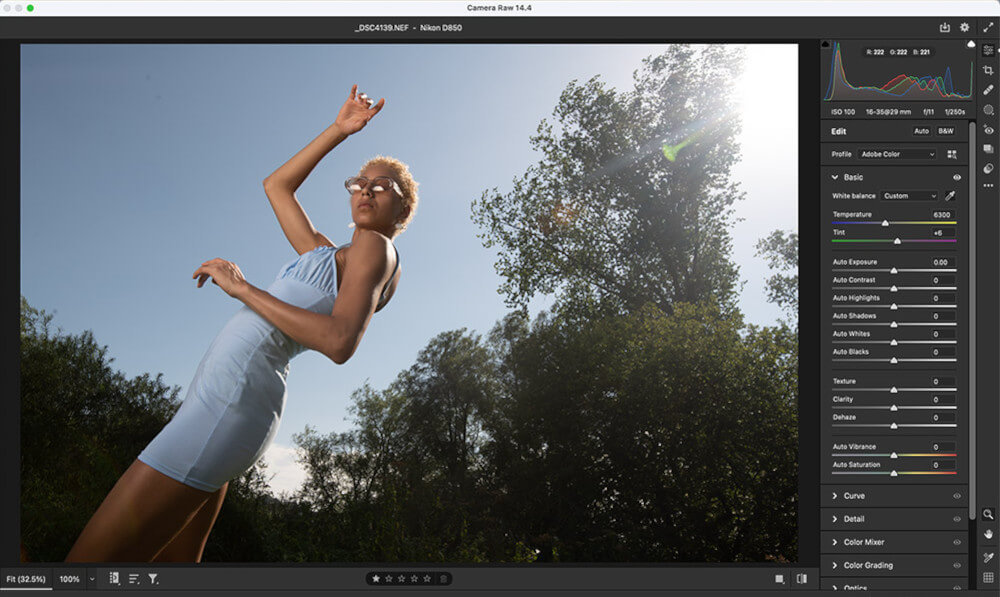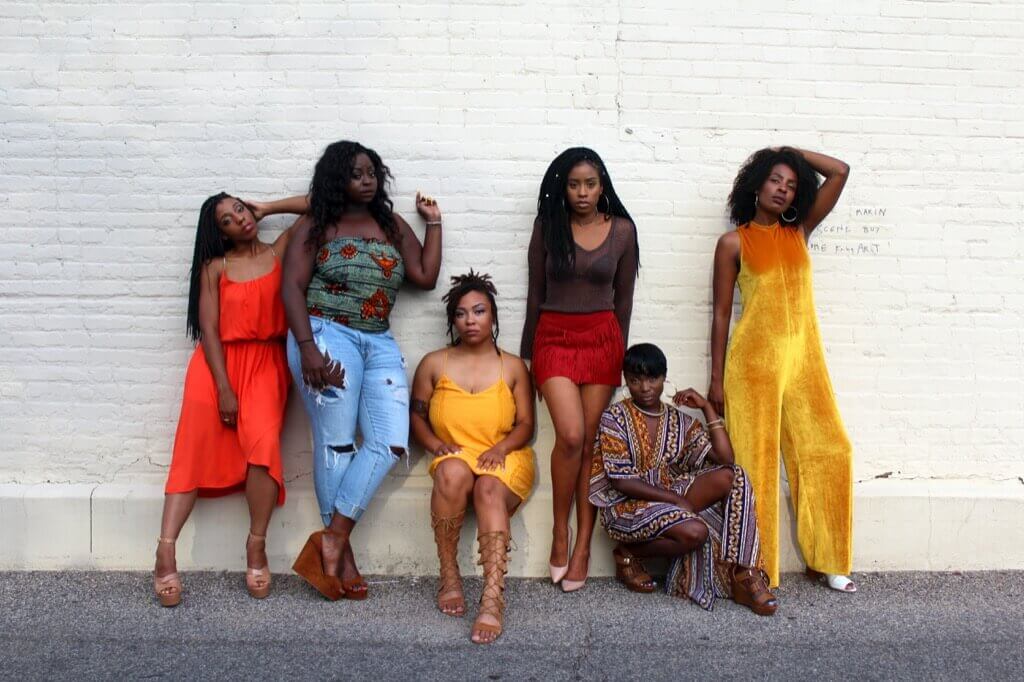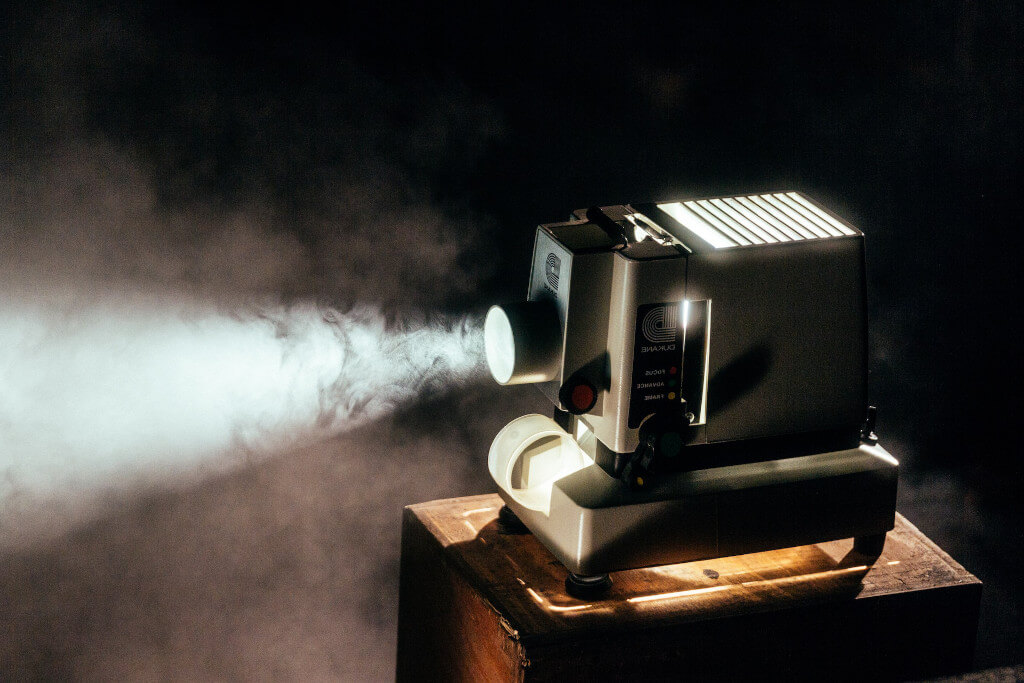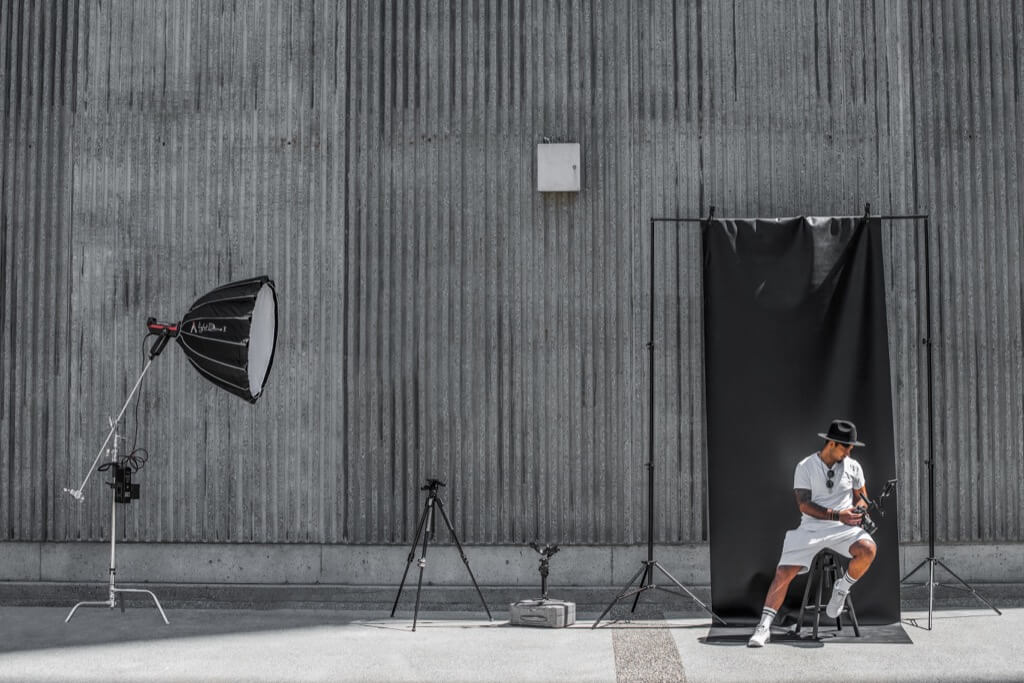Those who are still wary of incorporating AI into their processes, going so far as to label it “creativity substitution,” may benefit from reframing their attitudes and viewing these tools as helpers or helpful hands. Time saved can be better spent exploring the creative process, which is where our attention should be going.
Colour Management Automation
You almost definitely already use colour management if you are a professional colorist or if colour grading is a regular part of your job. However, as Dado points out in his broadcast, the procedure can still involve a lot of handwork. He demonstrates the usefulness of AI by using Colour Lab Ai as an example.
Let’s say you’re working on a project that requires the use of multiple file types (.mov,.crm,.braw, etc.) and you need to import some footage. For uniform grading, a deep-learning feature will attempt to infer the camera used and convert the movies to that profile. There’s more, you say?
When you don’t know the specifics of the video’s origin (such as in the case of an archive helicopter shot), you can identify it as a “generic log profile,” and the AI will try its best to determine what log it is and apply the appropriate IDT (input device transform).
Colour Grading Using AI is Simple in Terms of Achieving Harmony and Copying Aesthetics
Another (maybe apparent, but extremely impressive) aspect of AI-powered colour grading is the ability to use the computer’s intelligence to instantly equalise the lighting in every shot. Take the role of an editor who has access to a wide variety of automobile chase shots shot in varying lighting conditions (low, medium, high, and extreme). Typical problems for editors, such as unclear camera settings and lifeless video, are present.
To get a solid IDR baseline for each clip, you can use Colour Lab Ai to import clips from Adobe Premiere Pro, pick them, and then ask the neural network to analyse and balance them. This technology is demonstrated in real-time by Dado, and the A.I. takes only a few seconds to find the optimal white-to-black ratio for any given image. Click “Paste show look to all shots’ once you’ve given one of the images the grade you want.
The “push to Premiere” button can then be used to send the adjusted hues and saturations to the editing programme in real-time, skipping the rendering step altogether. Editing a well-graded sequence is a pleasure every time. In a matter of minutes, AI can take over this work.
You can also utilise AI-powered tools to grade clips in batches (allowing the software of your choice to use AI to make the cuts, for example, if you have one long rendered export) or to match pictures from multiple cameras.
Synthesis of Artificial Intelligence and the Showbiz Aesthetic
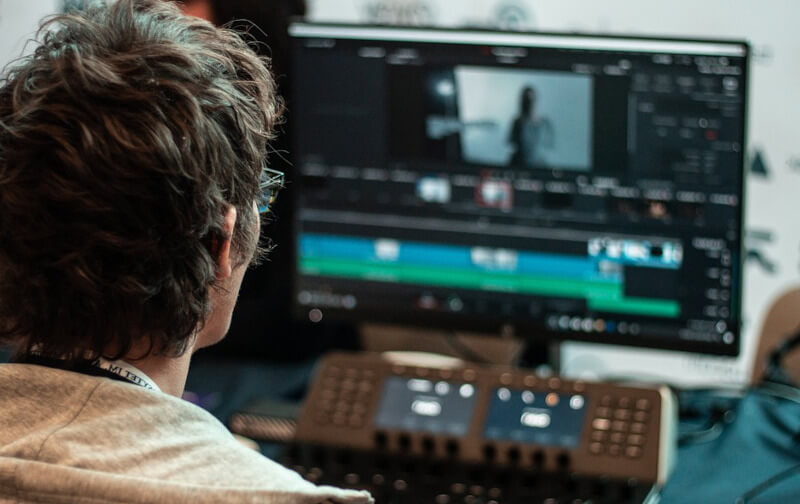
These functions are useful for the routine duties that every colorist must perform, but can AI also aid you with the innovative steps required to enhance the look? In a word, yes. Dado demonstrates how Colour Lab Ai evaluates your visual reference’s grading and applies its look to the selected video clip in the following example.
Using AI for Colour Grading Means That the Computer Determines the Overall Aesthetic of a Video’s Hues
A great place to begin tinkering around with new ideas. While conventional grading wheels might get you there, artificial intelligence aid will speed things up considerably if you’re just trying to approximate the reference.
Colourlab Ai’s “suggest looks” feature is another example of assuming quick fixes. It will keep track of your books and grading system for you. Select this menu item, and the machine will provide you with three distinct video effects to choose from. Similar to Spotify, but for artists who work with colour.
ChatGPT Allows Users to Make Their Own DCTLs and 3D LUTs
Have you ever considered making your own DCTLs or 3D LUTs? Neural networks, and in particular the extensive language model ChatGPT, can be used to experiment with these complex tasks. We covered the topic and provided some suggestions to help you strengthen your writing. Visit ChatGPT first if you’re unfamiliar with its capabilities and how to utilise it.
The second live stream is a conversion from ACES linear to ARRI Alexa Wide Gamut linear, and we’ve embedded it below for your viewing pleasure. The story that he had ChatGPT generate a code for him and then used it is as incredible as it sounds.
ChatGPT’s Artificial Intelligence Colour Grading Code
Even with practice, your ability to write code for artificial intelligence (AI) won’t guarantee success; you’ll still need to know what you’re doing and why. For instance, with some guidance and fine-tuning, ChatGPT can produce Python code that generates a unique 3D LUT for DaVinci Resolve. Even in Dado’s demo, it didn’t go off without a hitch at first. But after fiddling with the parameters and conversing with the chatbot to iron out the kinks, he finally had a “film print 3D LUT” that worked.
Premiere Pro’s State-of-the-art Colour-managed Workflows
To begin, let’s assume a common scenario in which you have a Premiere Pro project containing REC709 clips. But what if you need to work in the ACES colour space to create a Dolby Vision master for Netflix? The issue is that nobody uses Premiere’s colour management features since they are cumbersome and out of date.
AI can be useful in this situation. Dado demonstrates how to activate ACEScct in Premiere using the same vehicle chase scenario from earlier in this post. Below is a screenshot of the final step he takes in Colour Lab Ai before pushing the graded clips back to the editing software: adjusting the colour space.
Using AI for Colour Grading, Using the ACEScct Colour Space
After setting the input profile to ACESCCT and the output profile to REC709, Dado creates an adjustment layer in Premiere and inserts the Colour Lab Ai “Look Designer” plug-in. So long. Premiere’s artificial intelligence (AI) makes it easy to transition between colour spaces, so you can apply colours appropriately even while you edit—a solid foundation for HDR Dolby Vision distribution. And, as one attendee put it in the comments, a fantastic opportunity “to get real colour management in Premiere.”
Artificial Intelligence for Colour Grading
The field of artificial intelligence is vast, and its progress is so quick that it can be difficult to keep up. There are undoubtedly many other ways to speed up your colour grading using AI, but even if you only understand the methods showcased at Colour Creative Week, your work will benefit greatly.

